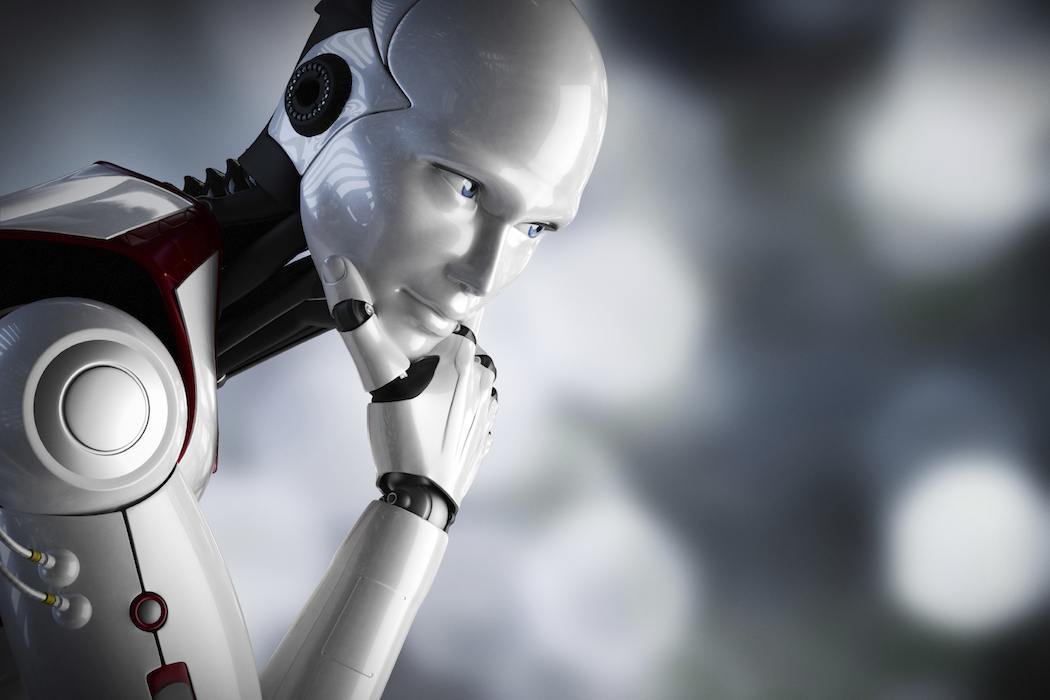In May, 2015, the University of California at Santa Barbara made headlines for making a circuit capable of mimicking the human brain. The circuit has 100 “synapses” (the human brain has about a trillion times more) and can classify simple images, a task that still proves challenging for most machine-learning algorithms. The UC Santa Barbara team’s circuit isn’t the first to be inspired by the brain. Back in August, 2014, IBM also developed a processor inspired by biological brains.
These advances in artificial intelligence have not been welcomed by all. For example, Stephen Hawking has made headlines recently by claiming that the advances in artificial intelligence will make humans obsolete in a hundred years. Similarly, Elon Musk is so concerned about the dangerous potential of robots that he donated $10 million to fund research that aims at ensuring artificial intelligence research will benefit humanity. Despite these dire warnings—and the temptation to sensationalize the story—it’s probably best to understand these inventions as modest, yet exciting, steps toward real synthetic thought.
Why try to replicate the brain?
Why try to create synthetic brains? Given the anxieties around artificial intelligence, why risk it? Computers can calculate faster than humans. They recall data more reliably than humans can summon their memories. Indeed, in some ways, it is tempting to think computers are superior. However, computers are limited by the capacities of their programs, and the real world is in a constant state of flux, with a seemingly infinite number of variables. Designing programs to respond and adapt to the changing environment is a huge challenge.
Many robots avoid this challenge by being task-specific. A human designer identifies a task, designs a program, then runs it. This method works well for robots in controlled environments like factories, but not so well in the real world. Researchers on artificial intelligence are seeking autonomous development models, which can react to the environment. In other words, the robot is “born” into the world not knowing much about its environment and then can be “raised” in such a way that as to learn about it. So, much like humans, these autonomous robots experience an initial state of infancy, where their capacities are limited, and they grow by developing new models of their world. In other words, autonomous robots start with basic functionality, analogous to instincts, and develop capabilities tailored to the challenges it encounters. The process parallels human development; therefore, these robots benefit from having “brains” that act similarly to ours.
The human brain uses mirror neurons to learn from the environment. Mirror neurons are premotor neurons that activate both when we move and when we see others move. Some researchers believe that they help us learn how to perform movements by watching others: they are only activated when watching movements that attempt to reach a goal. If similar movements with no direct goal are performed, mirror neurons are not activated. So the mirror neurons might be helping us to understand what various movements accomplish, how to make the movements, and how to anticipate their outcomes. This system plays a role in helping infants learn how to interact in the world and accomplish goals.
To understand if robots could use a similar system, Josh Bongard designed a robot with a program that mimicked mirror neurons. To test it, he designed robots that could move segments of their body, and challenged the mirror-neuron robot to learn how to move using imitation. The mirror-neuron robot had two robots to learn from, one that had a similar body to it, and a second with a dissimilar body –that is, it could make movements the learning robot could not produce. Before the robot could learn anything, it had to compare its body to the other robots to identify a suitable teacher. Sure enough, the learning robot was able to identify the appropriate teacher—the robot whose body was most like its own—and learned how to perform the same actions by imitating it.
The result, then, of the advent of the robotic brain might simply be the existence of robots that can learn how to interact in changing environments the same way we do: by learning from their own experiences and the experiences of other robots around them.







